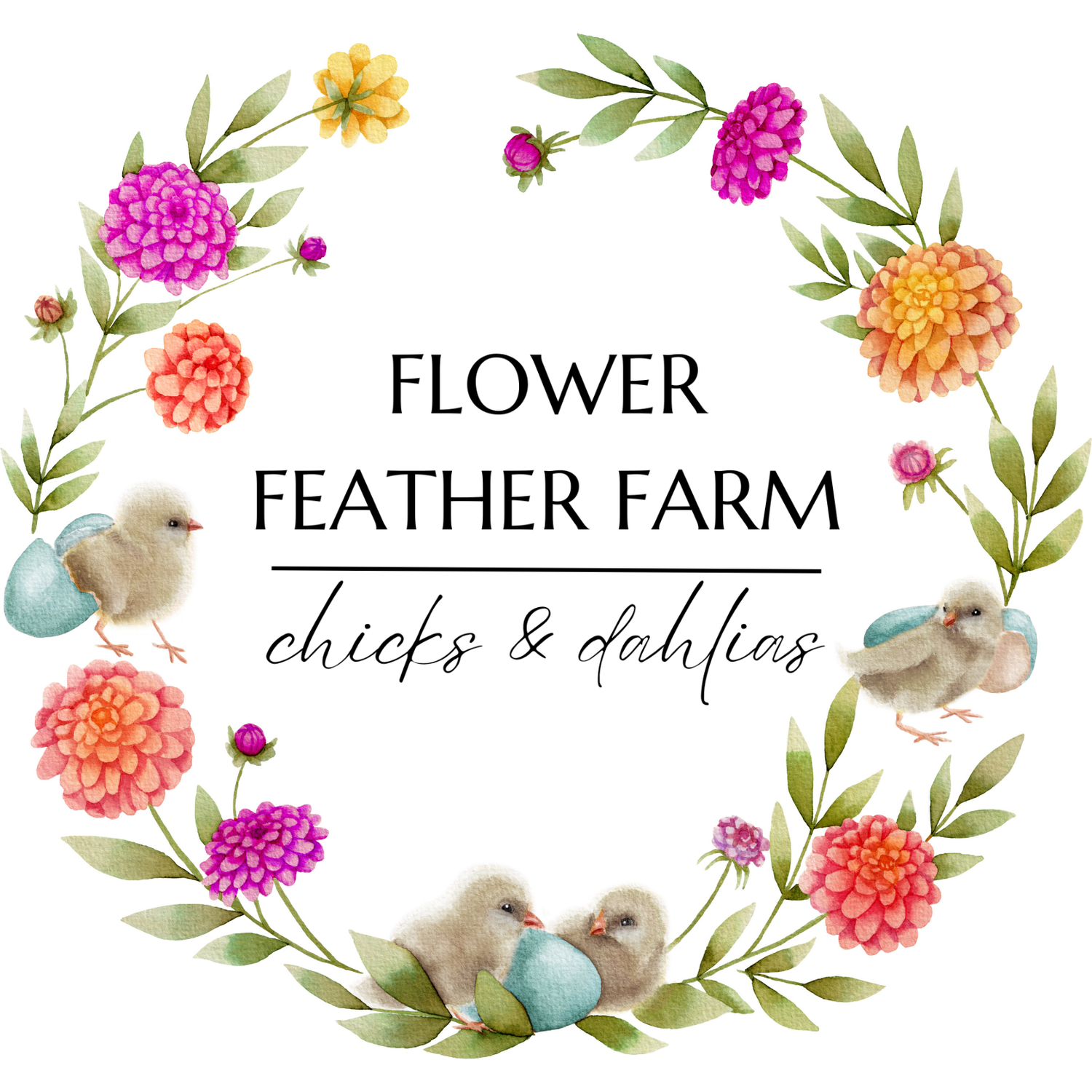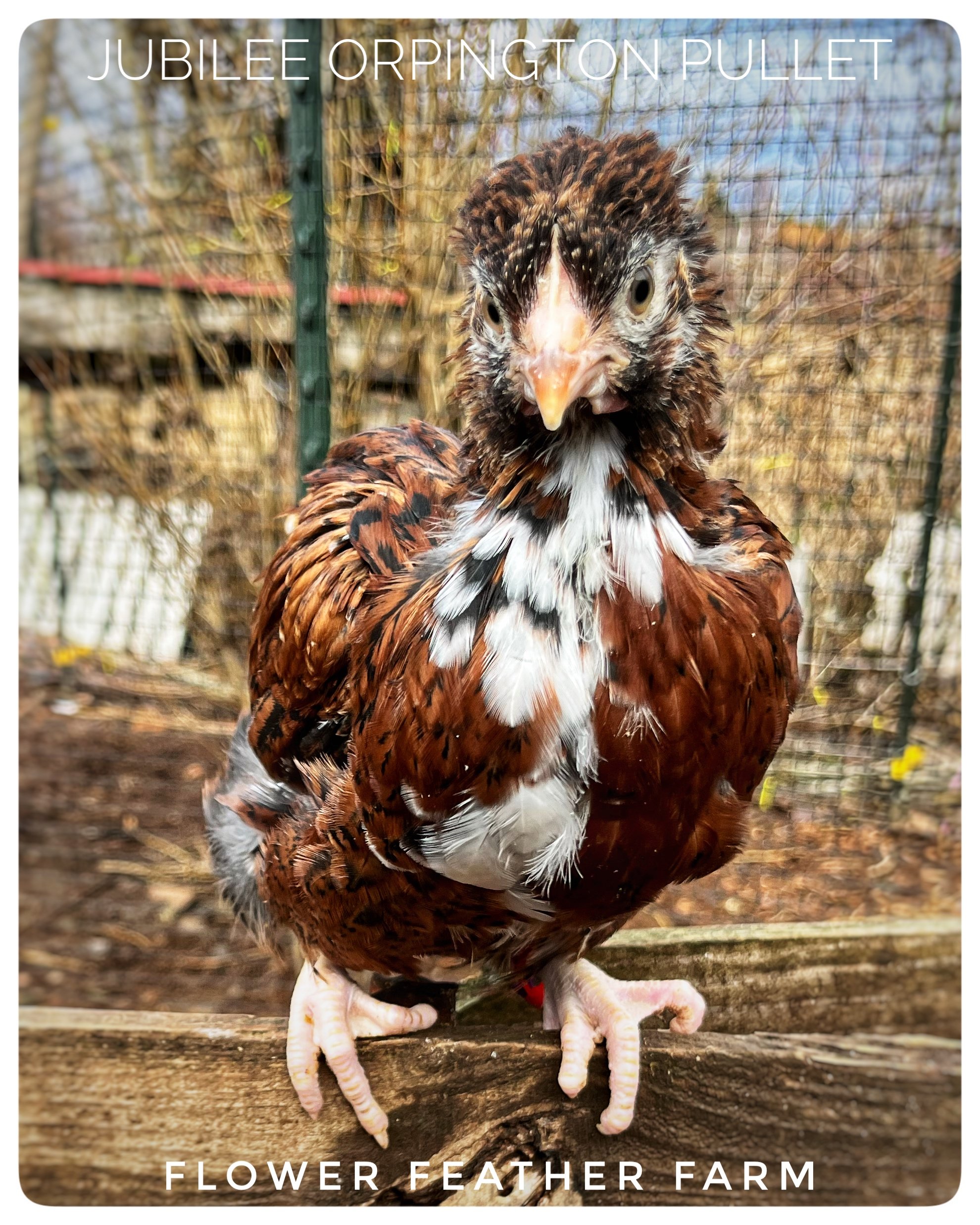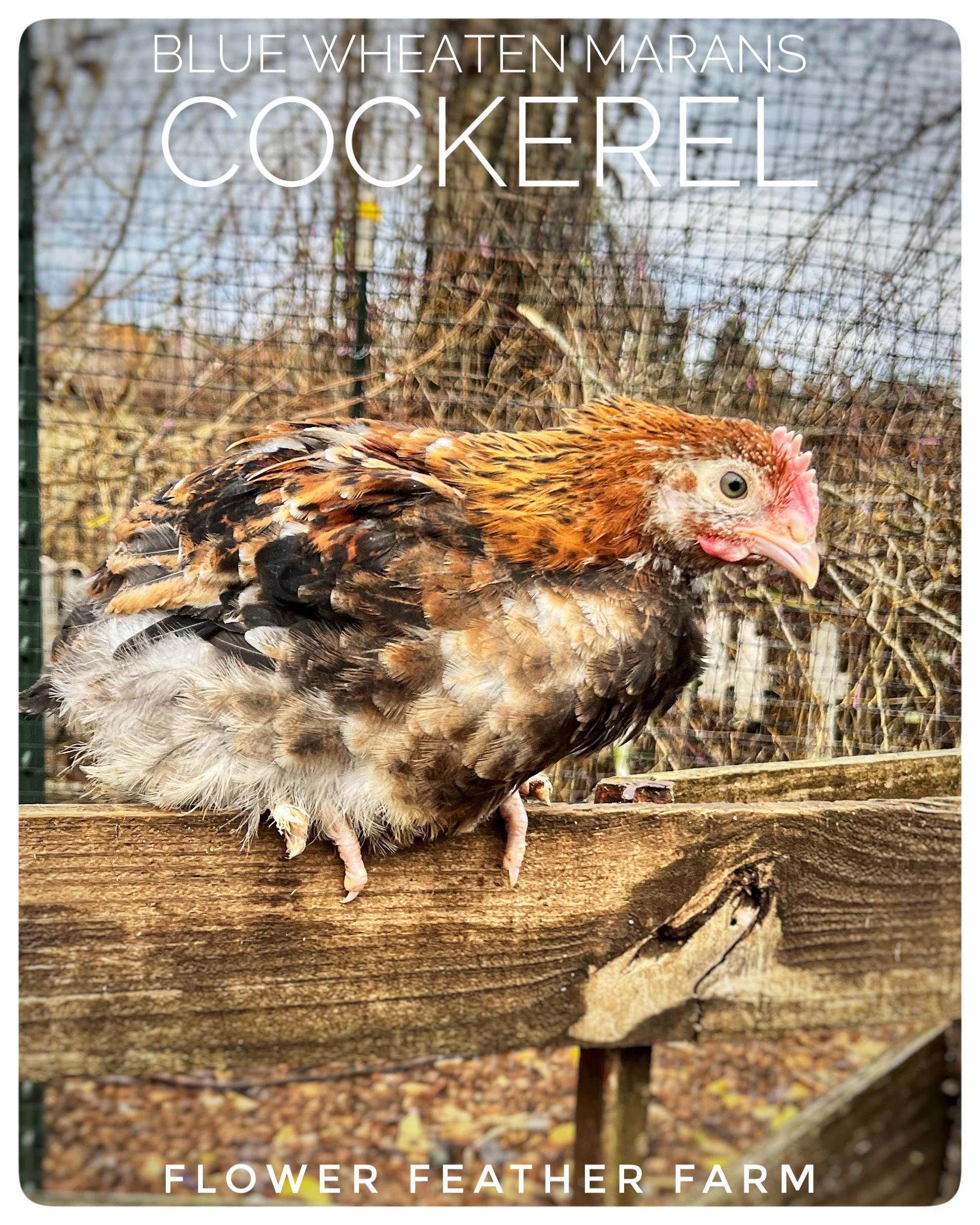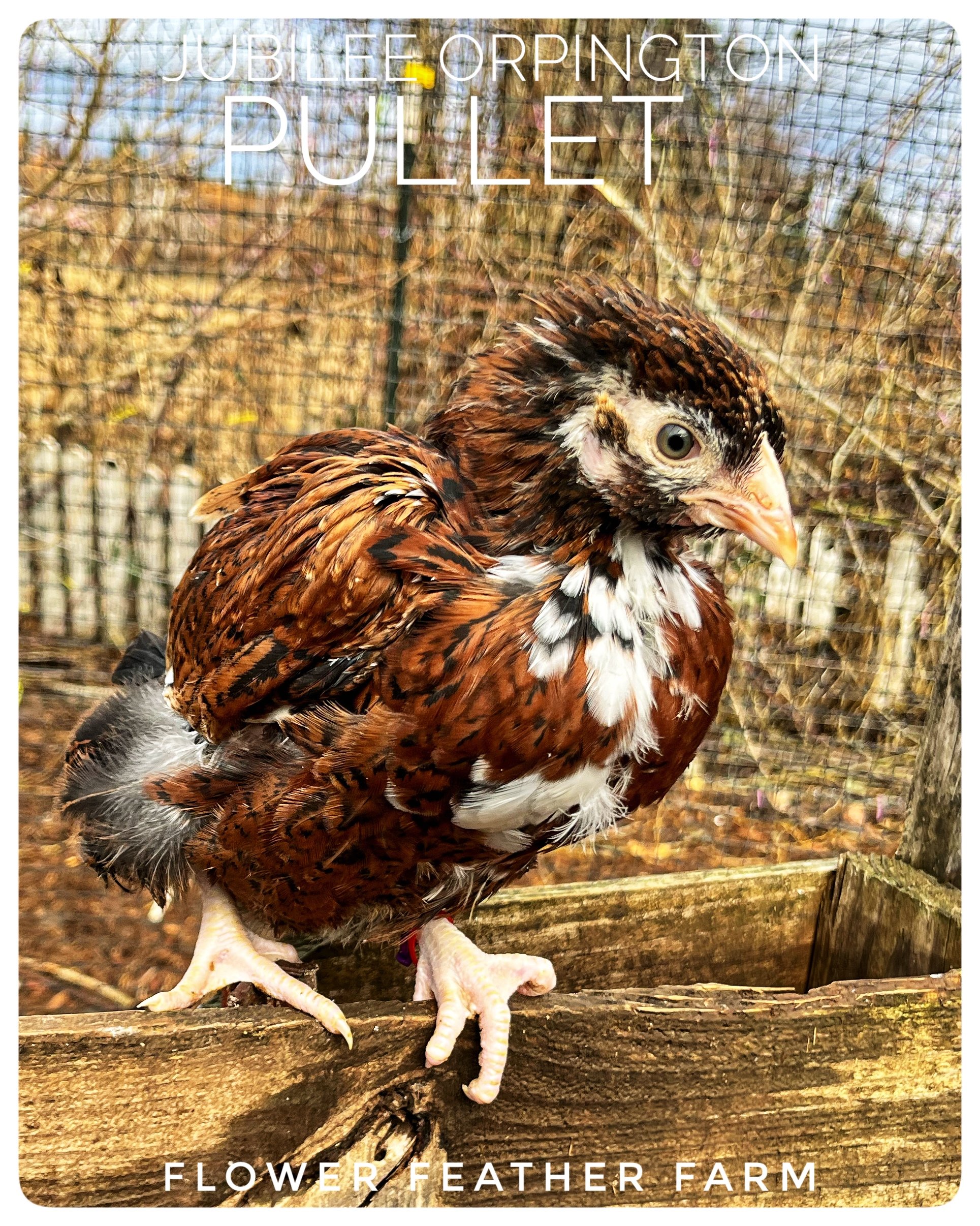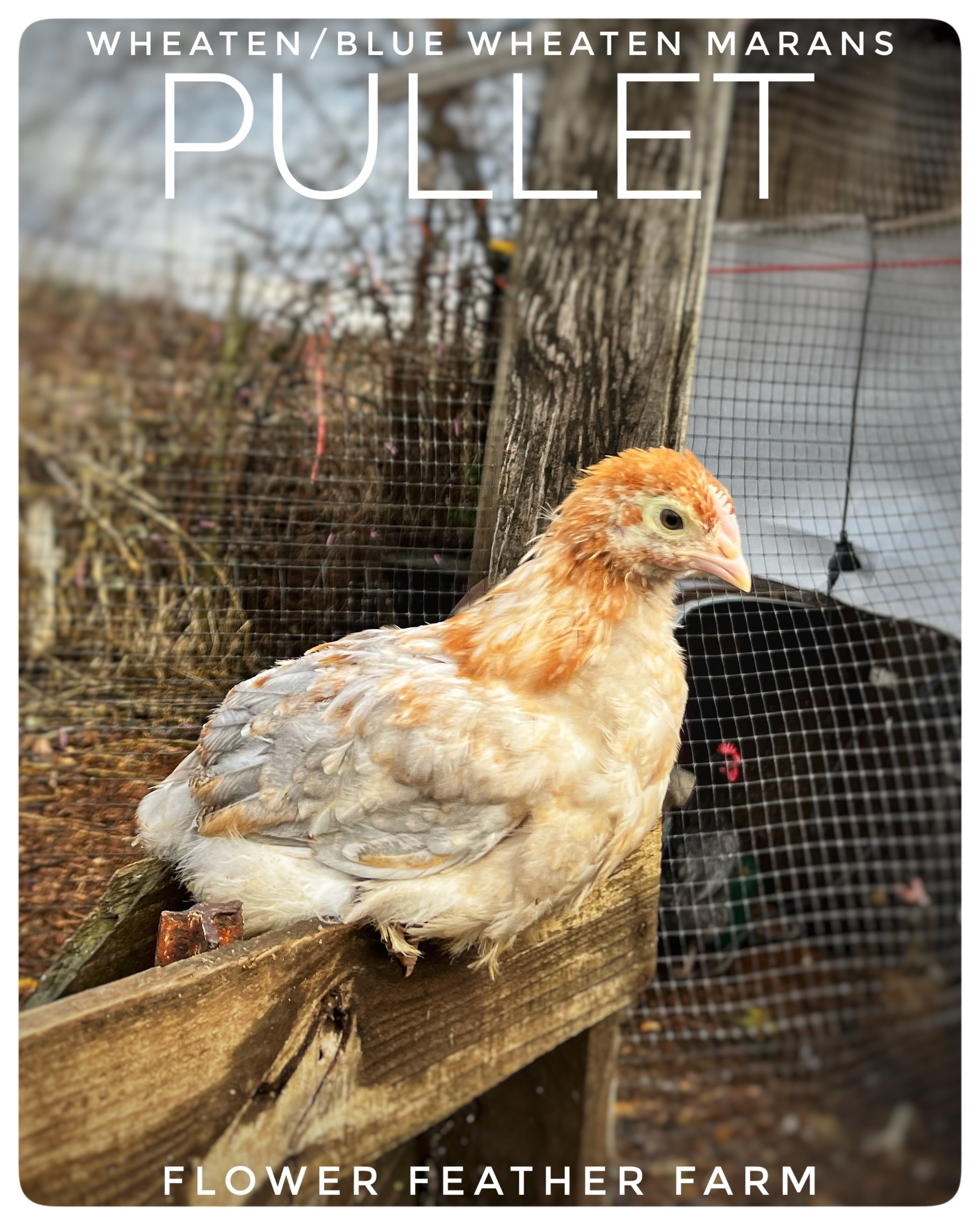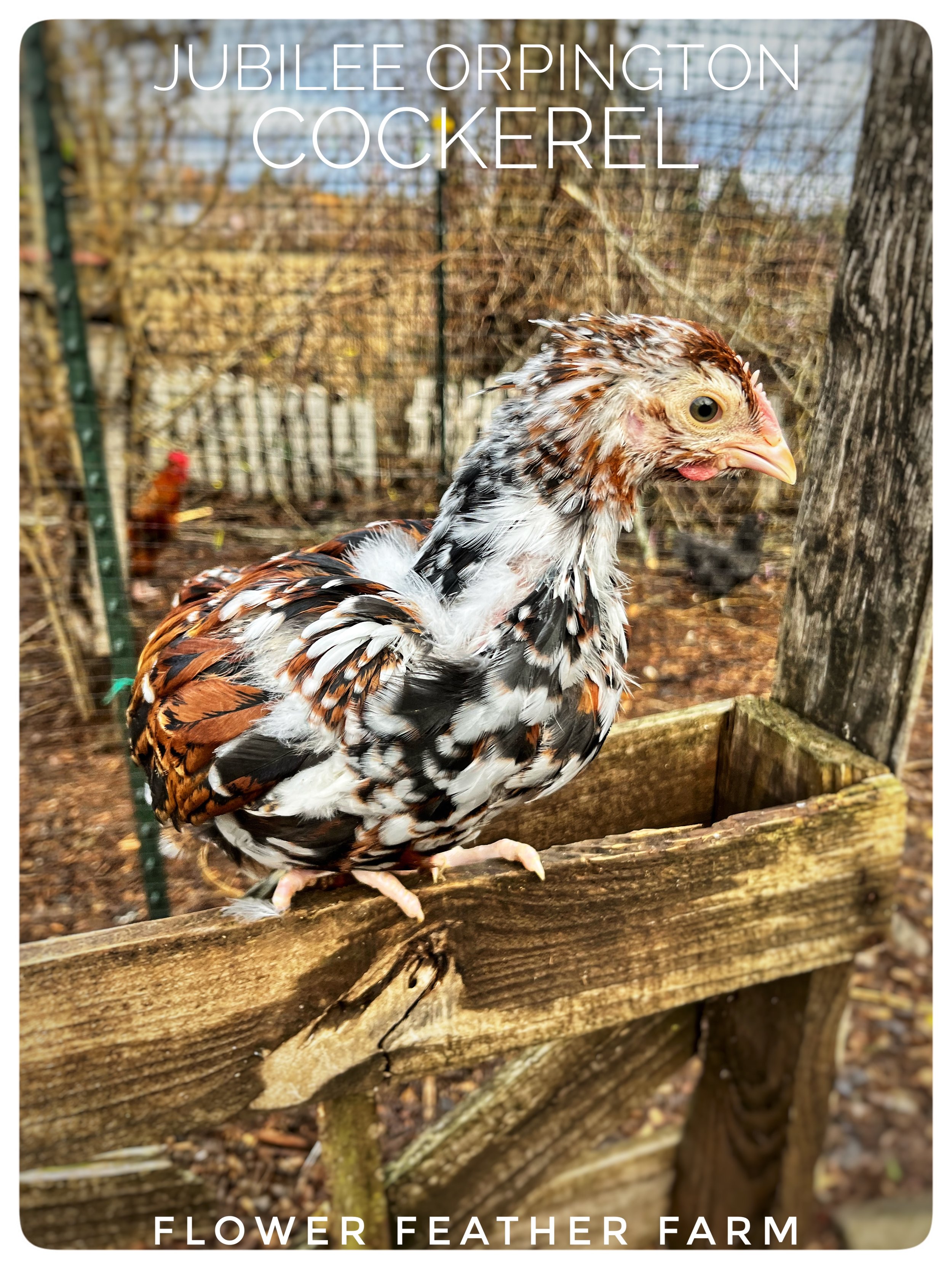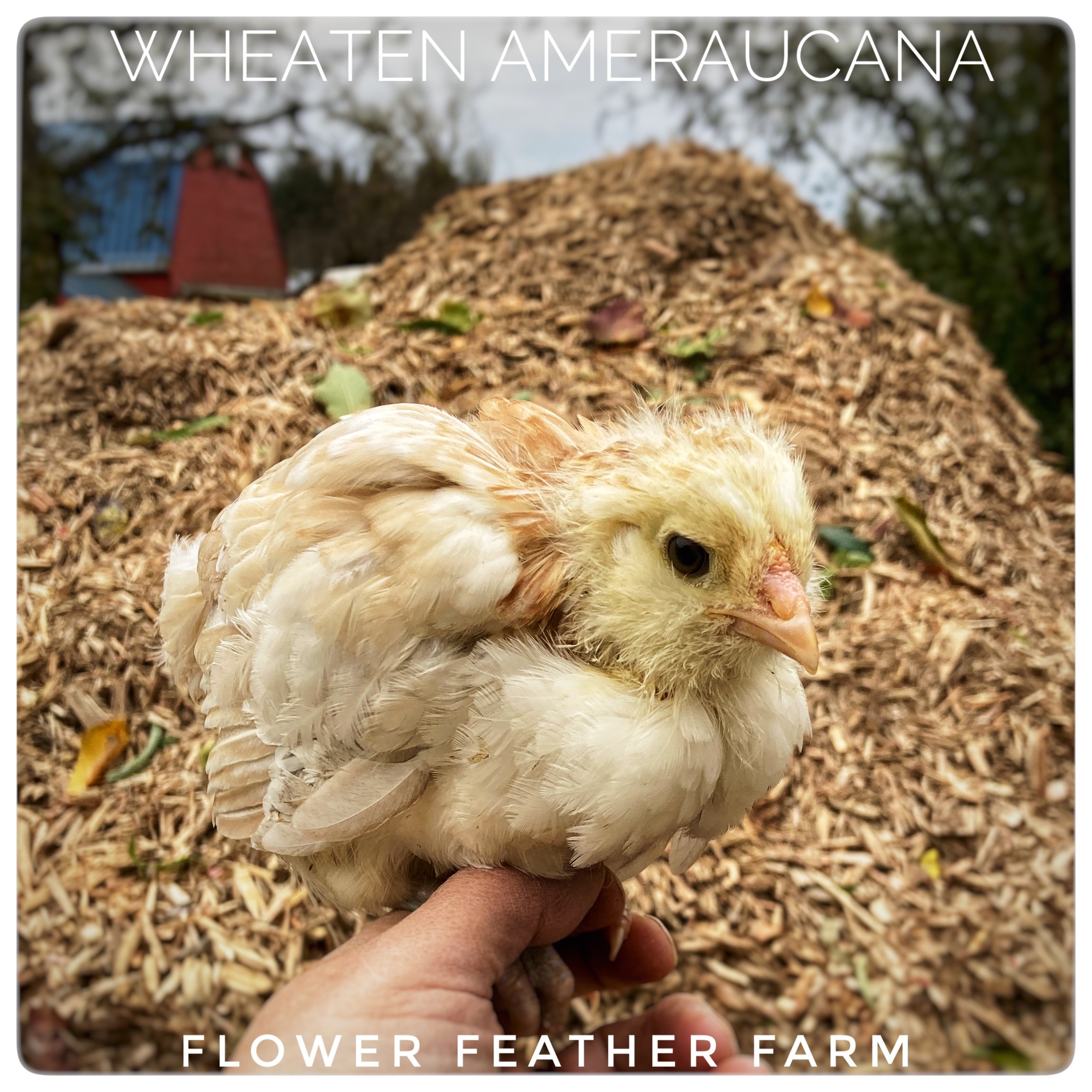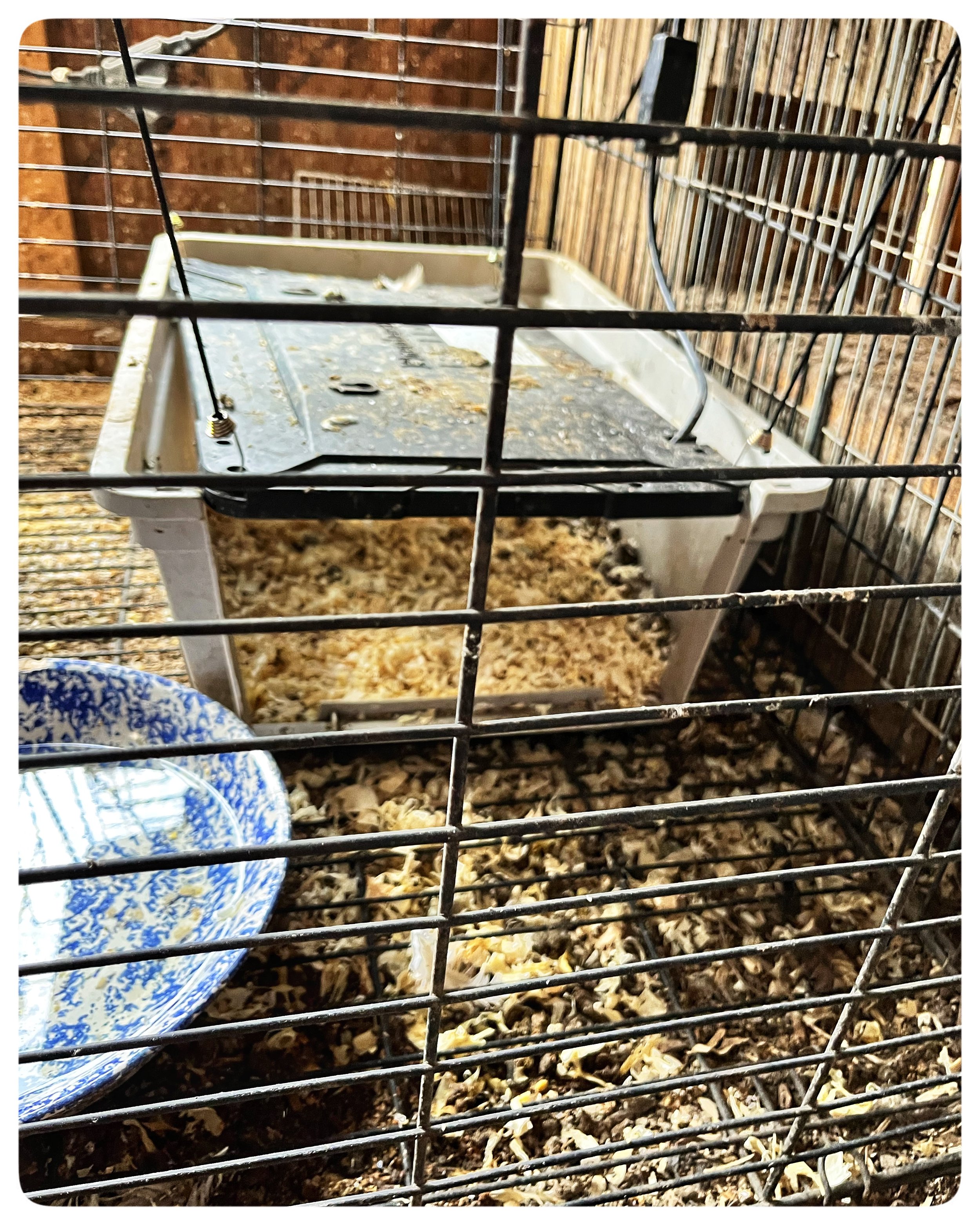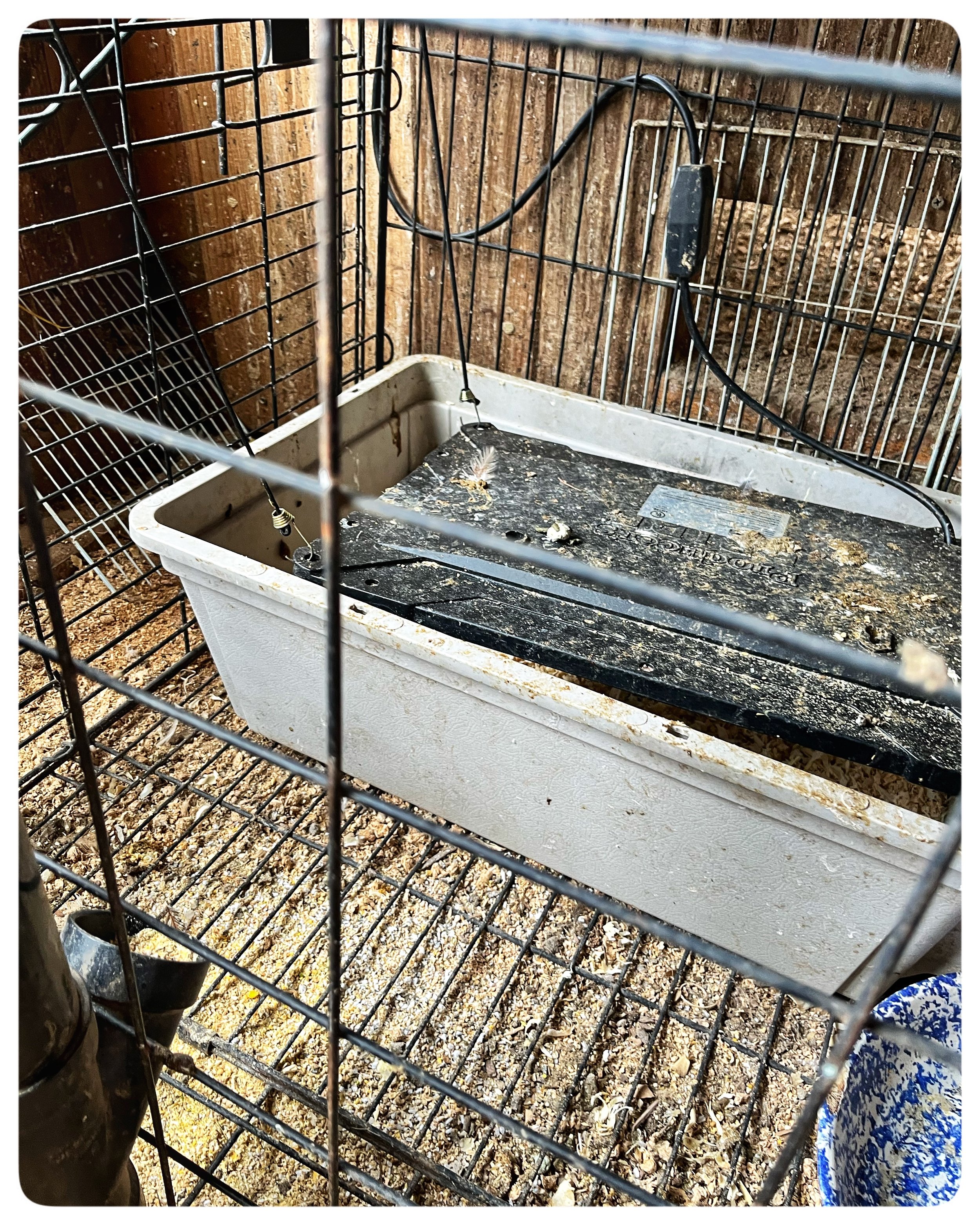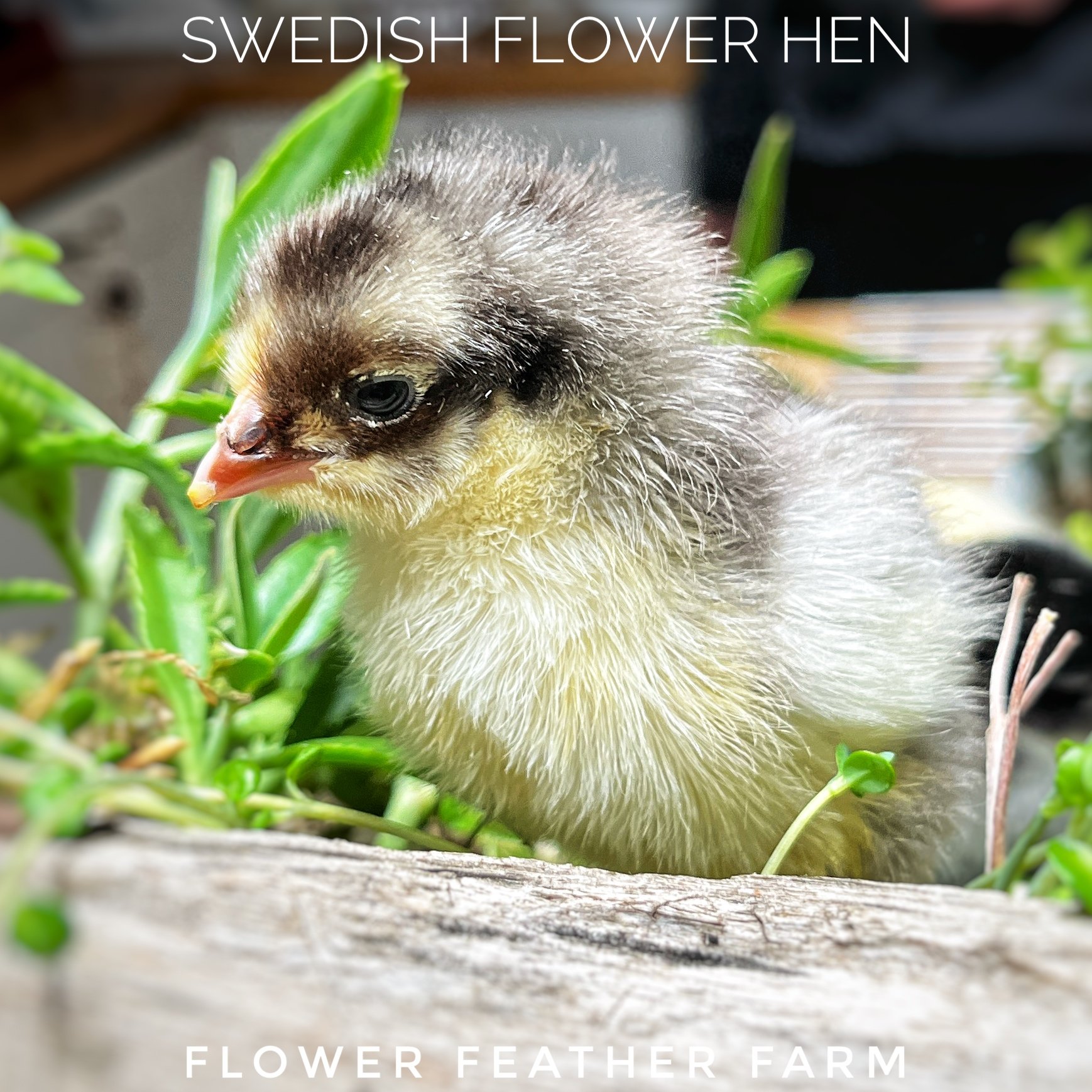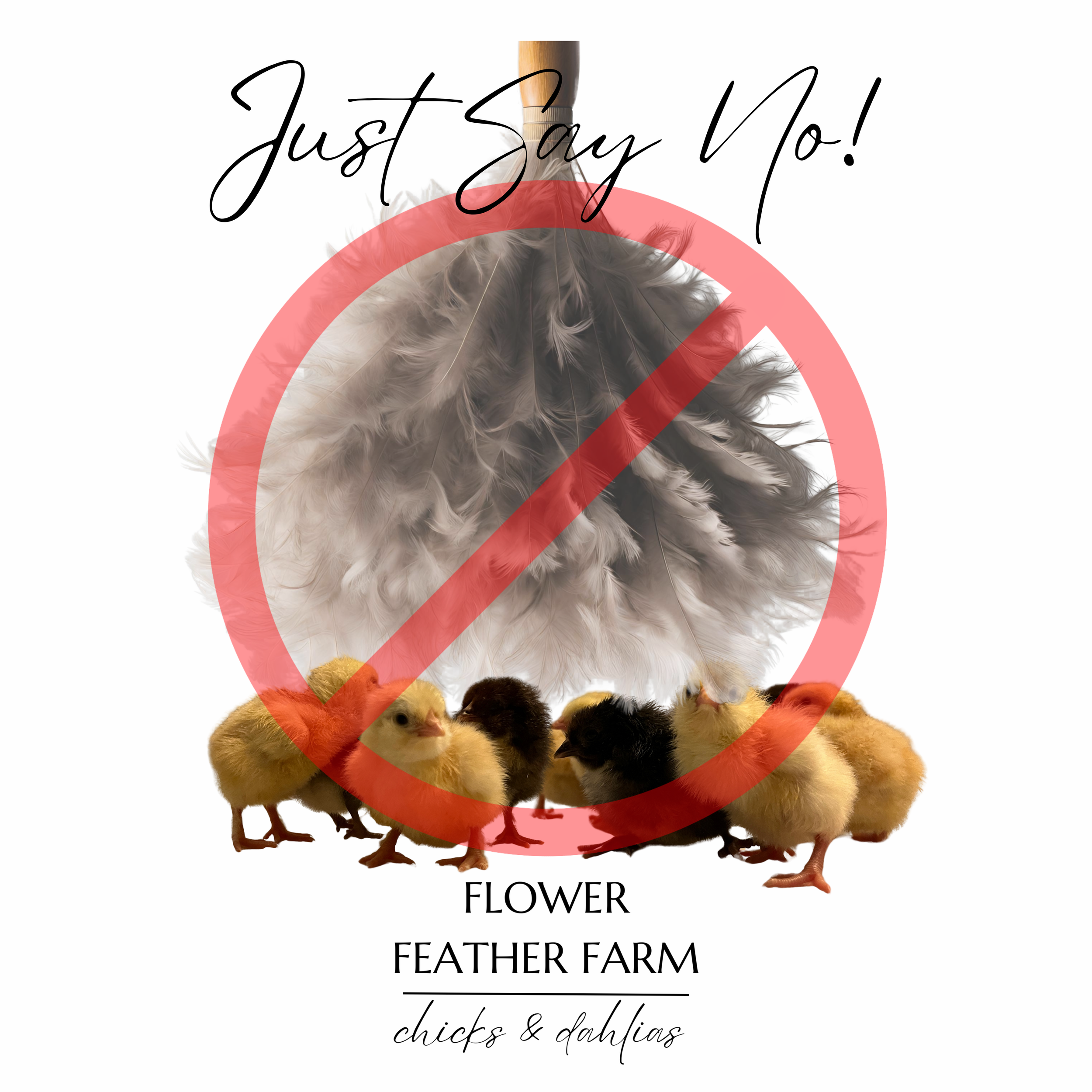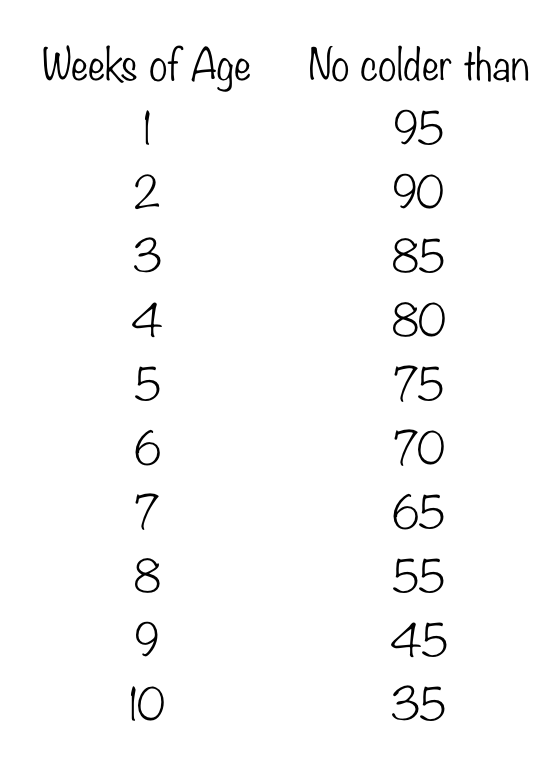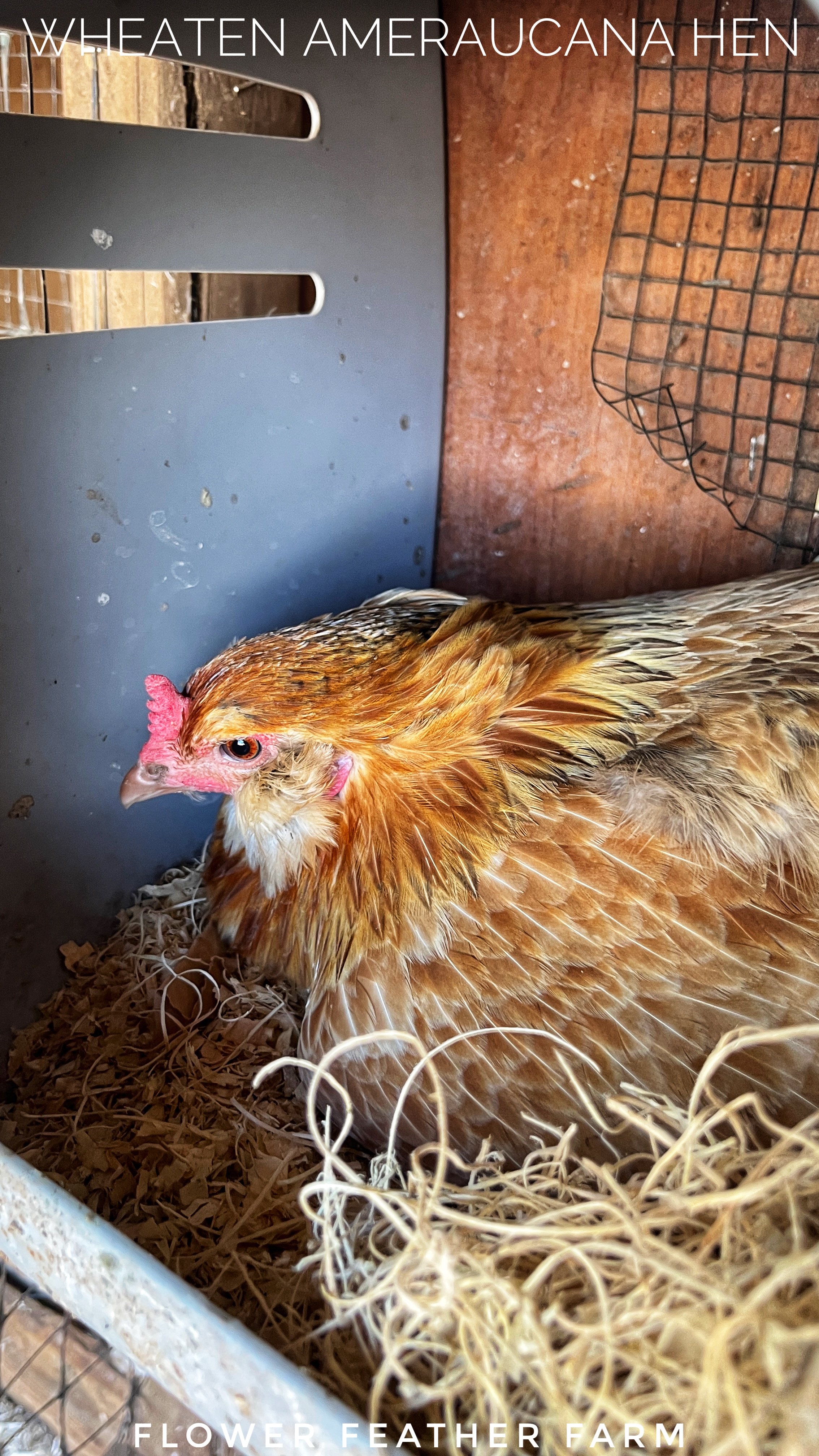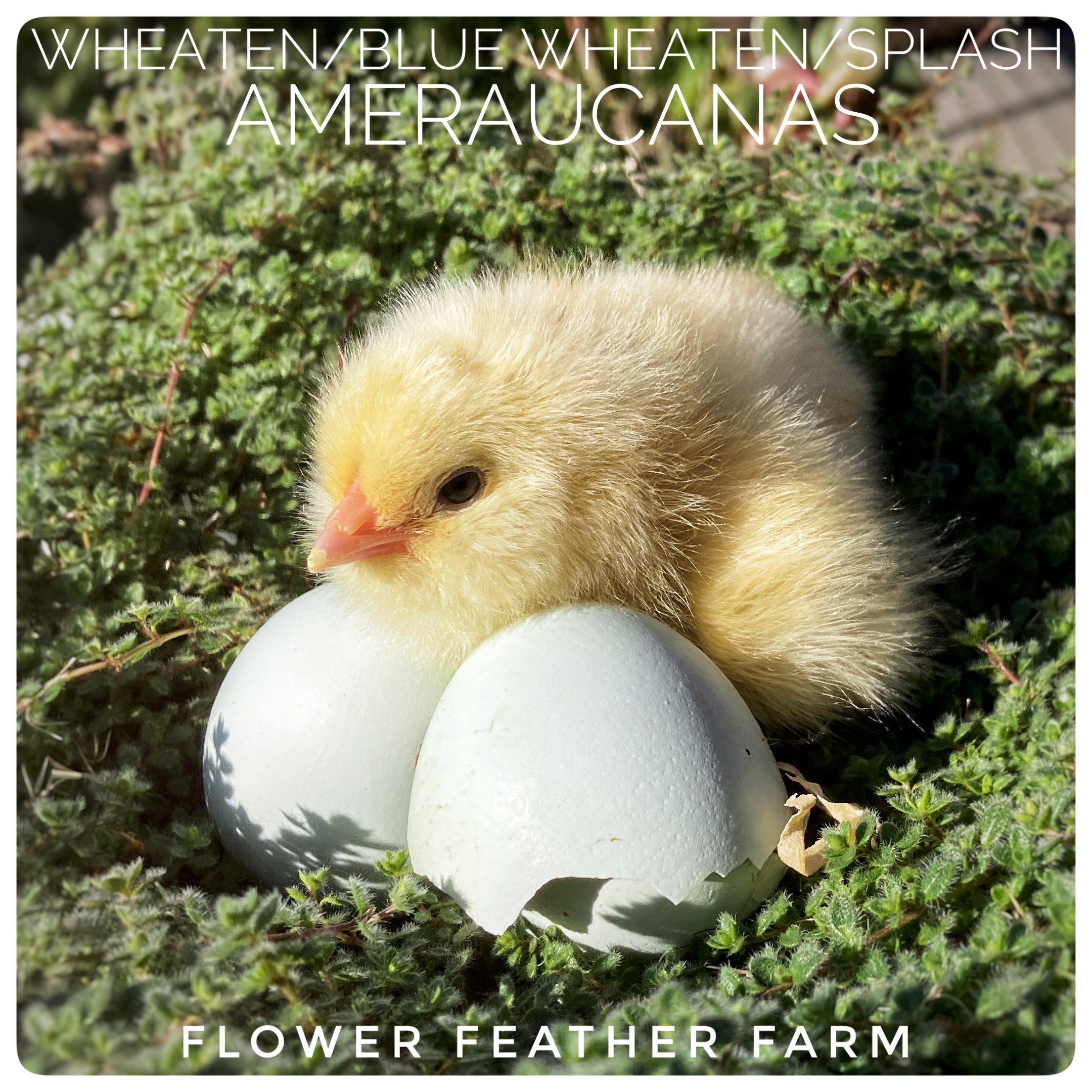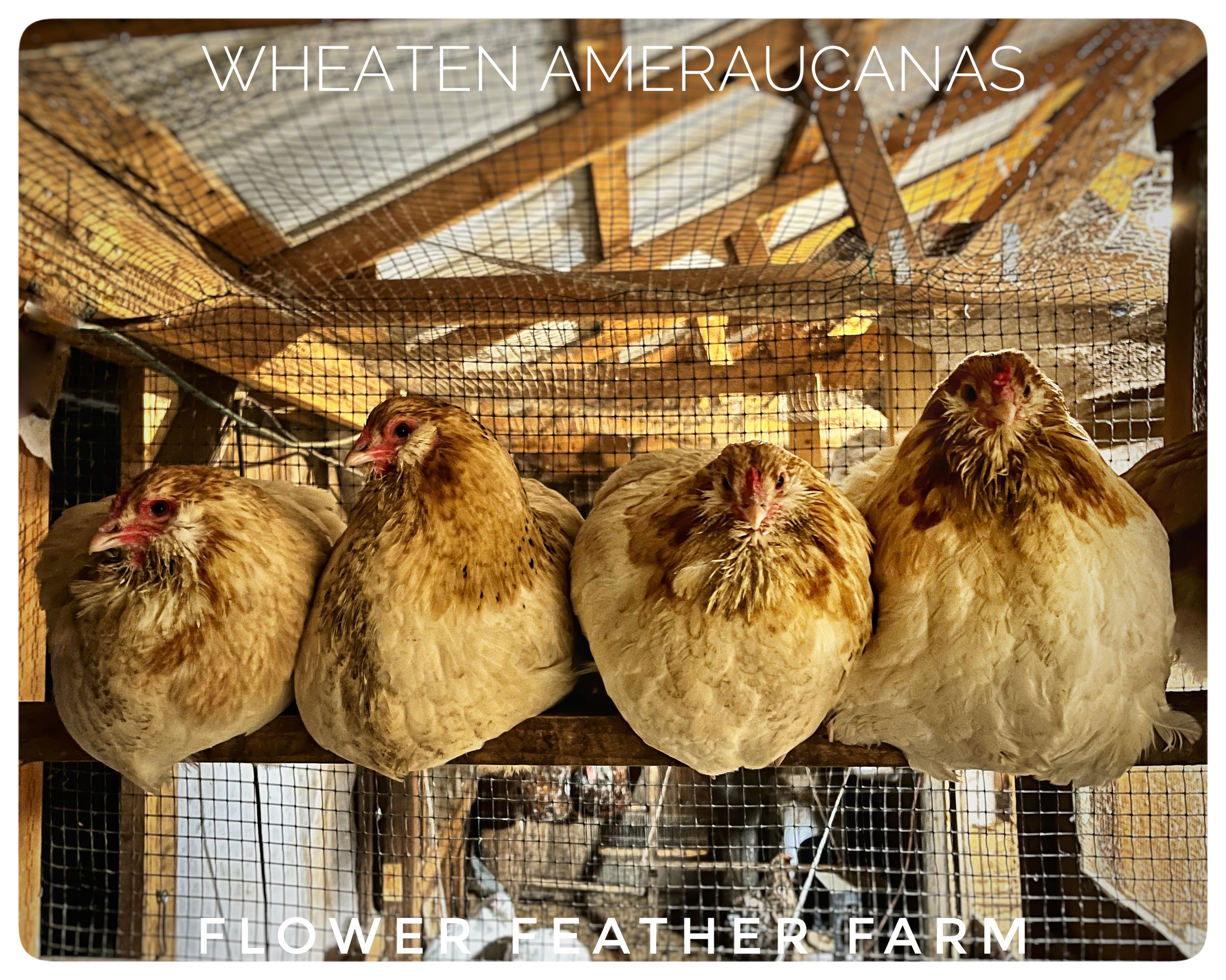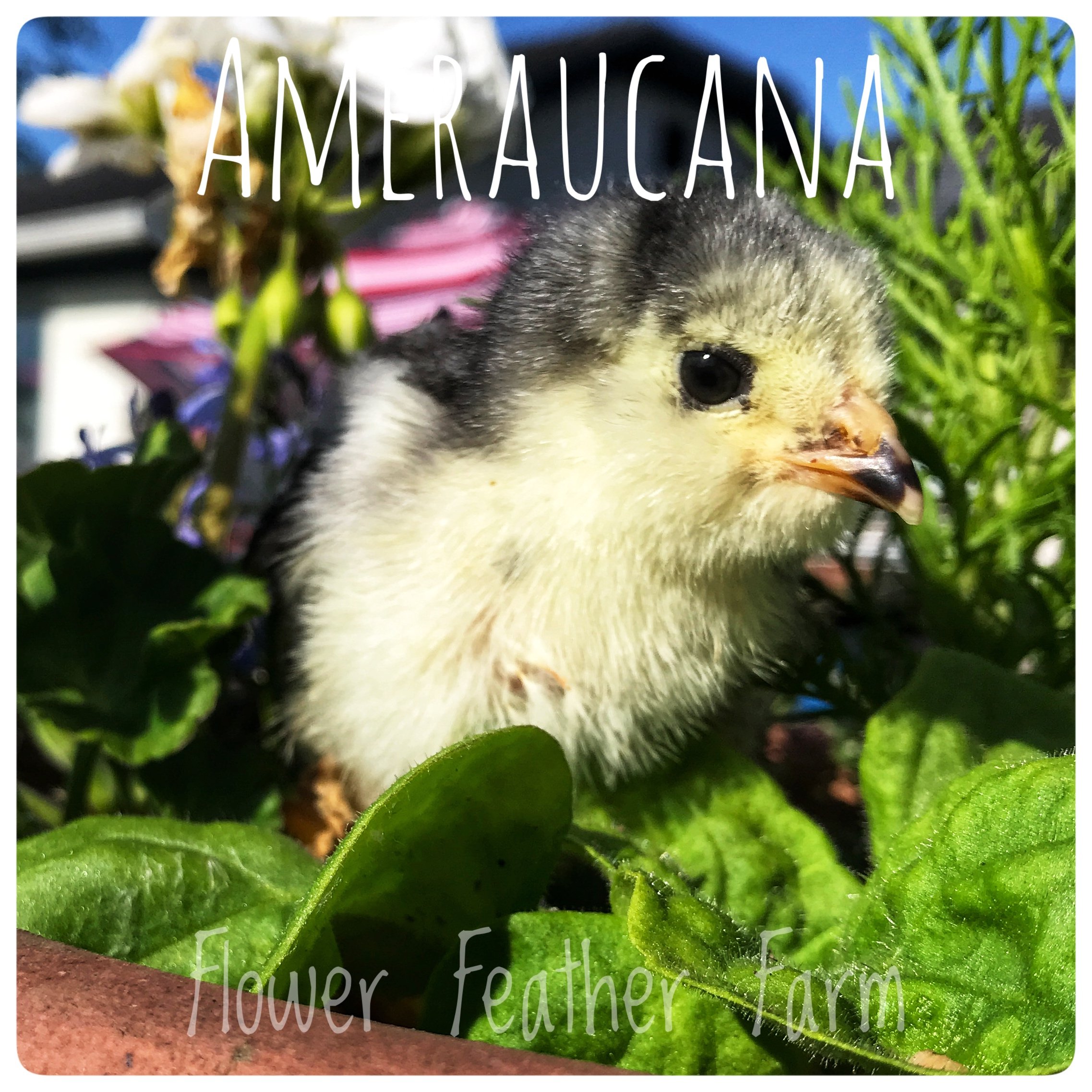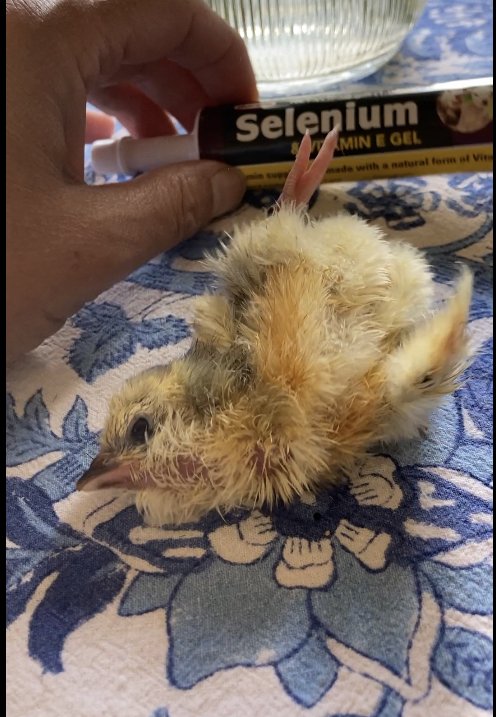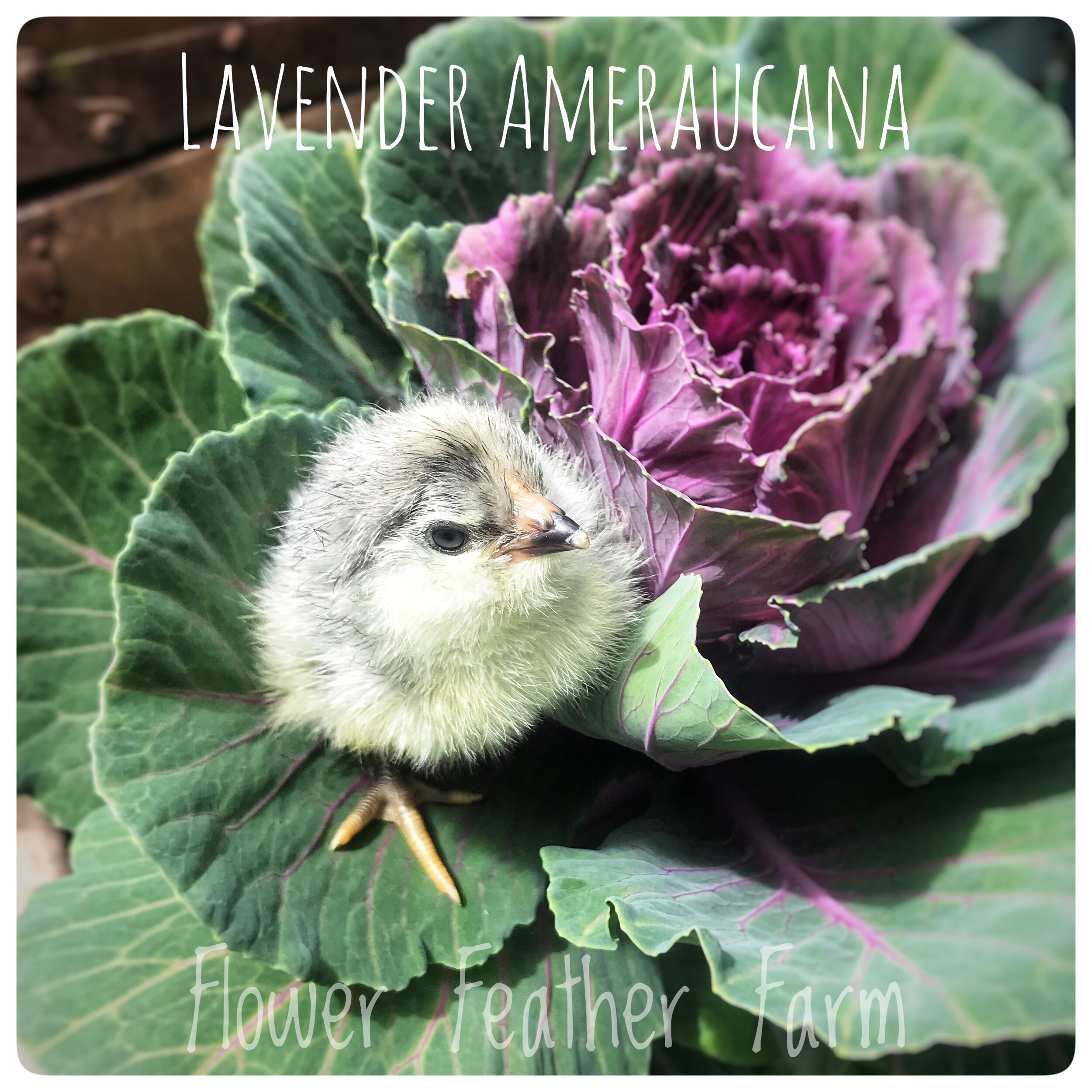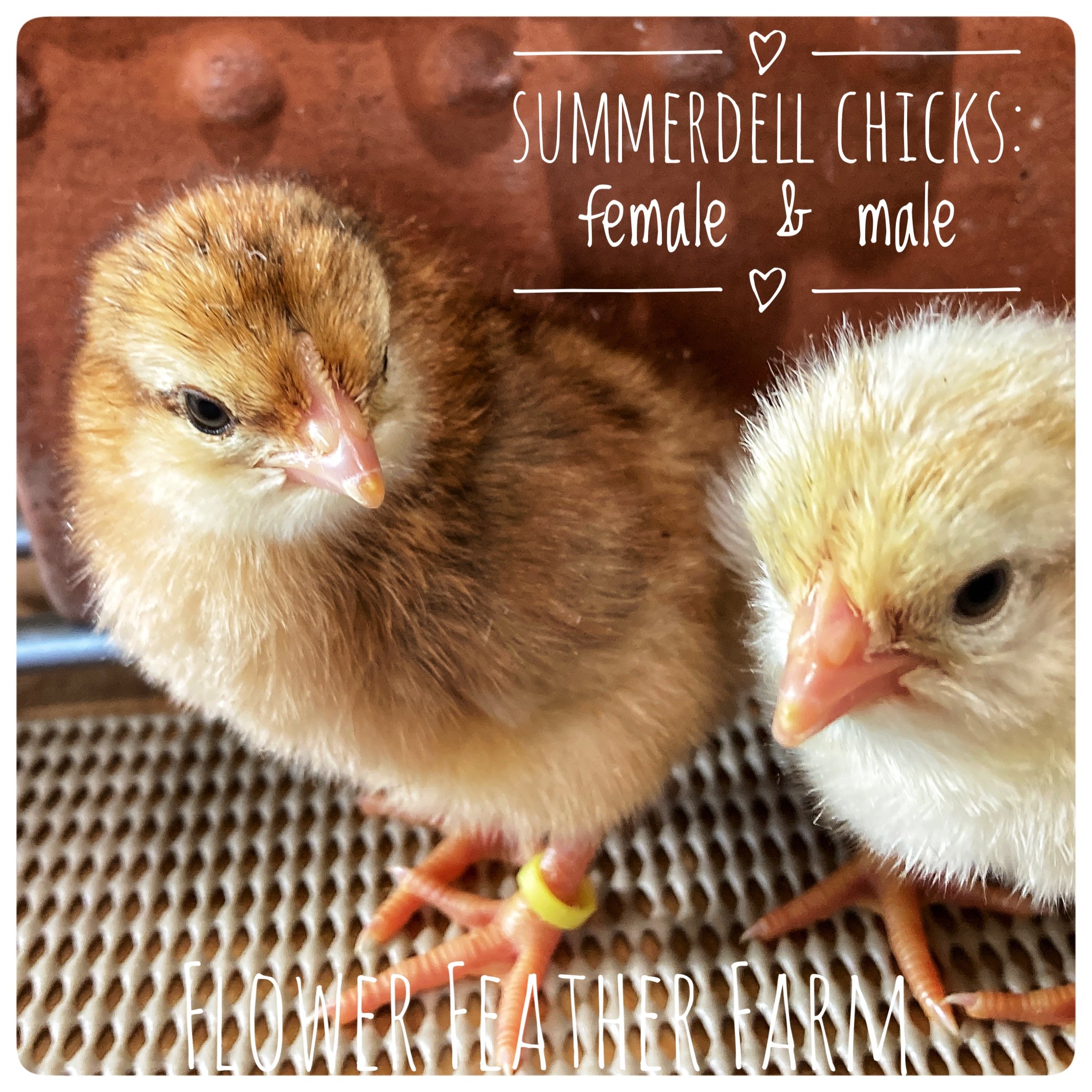Juvenile or Grow-Out Care and Housing
I’ve shared quite a few of my best tips and tricks for setting up a chick brooder, but what about the next step? When they are too little to just toss into the big girl coop, but too big stinky to stay in the house.
At this point, I put them in the big girl coop, with accomodations.
First, I take off their little chickie id bands, which are all the same color to tell the breeds of each hatch apart — that is I may have 20 Swedish Flower Hen chicks all wearing blue which I now remove. I replace these with colored zip ties, a different color for each juvenile, as I need to start keeping individual records
Each juvenile gets his or her photo taken and a unique leg-band or combo thereof and gets entered into my record-keeping system. Then they are ready for the big move.
I set up a big wire dog kennel in the coop portion of the pen that holds the adult versions of their breed. I set it on it’s side so that the “side” door is now on top. This leaves the large squares on the “bottom” of the kennel open to the side. The juveniles can go in and out, but the big girls cannot.
Then I add a heat plate. This one is the Producer’s Pride heat plate that Tractor Supply sells, but any heat plate will work. I just use what I have, but if you are purchasing for this purpose, make sure you get the heat plate with a cone so they don’t poop all over it. You will need to go physically put the birds under the heat for the first 5-7 nights, by the way.
Heat plates usually come with legs, but all mine broke off, so I am suspending it with bungie cords. Underneath the plate I have the bottom half of a kitty carrier filled with fluff aka pine shavings. You can use all sorts of things here. If you are purchasing, I like the Triangle Beds, as the high back wall keeps the drafts off.
In the corner, you can see the tube feeder that holds their feed: half medicated chick starter at this age, and half grower feed. It is positioned such that the big girls can’t get in there and gooble it all up. If you don’t have a tube feeder (we made ours) these hanging rabbit feeders work quite well.
Depending on the season, I move the juveniles into this outside set-up and they stay in until a) they no longer fit through the holes in the cage or b) they no longer sleep near the heat. During the winter, I will leave the brooder in place longer and set it on a thermocube so that if there is a sudden deep chill, the heat will come back on.
